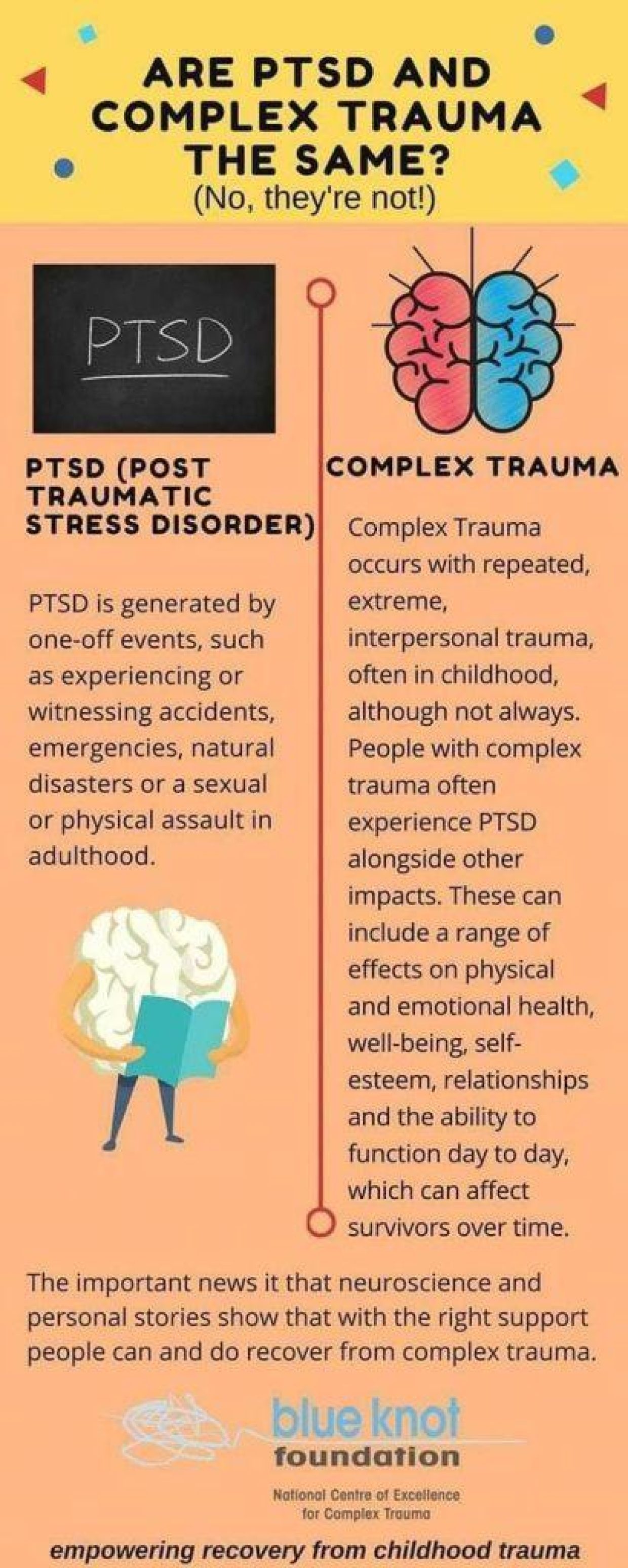Living with PTSD can often feel like a lonely journey, even when surrounded by people. The fear, flashbacks, and overwhelming emotions may make it hard to reach out or find the support needed to heal. But what if the key to recovery lies not just within ourselves, but in the strength of the community around us? In this post, we’ll explore how coming together—sharing stories, offering understanding, and building connections—can be a powerful force in healing PTSD. You don’t have to face it alone; healing PTSD together is possible, and the power of community support makes all the difference.
Table of Contents
- Understanding PTSD and the Role of Community in Recovery
- Creating Safe Spaces for Sharing and Connection
- Practical Ways to Support Loved Ones Facing PTSD
- Building Resilient Communities Through Education and Awareness
- Key Takeaways
Understanding PTSD and the Role of Community in Recovery
Post-Traumatic Stress Disorder (PTSD) is a complex mental health condition that arises after experiencing or witnessing traumatic events, such as accidents, natural disasters, violence, or combat. It often leaves individuals feeling isolated, overwhelmed, and misunderstood. What many may not realize is that PTSD doesn’t just affect individuals—it impacts families and communities too. Recognizing PTSD as a shared challenge encourages us to foster environments where healing becomes a collective journey, not just a solitary fight. Recovery isn’t linear, but with patience and understanding, those affected can regain a sense of safety and hope.
Community support plays an invaluable role in this healing process:
- Emotional connection: Knowing they’re not alone helps individuals feel seen and validated.
- Shared experiences: Peer support groups allow survivors to exchange coping strategies and inspire resilience.
- Creating safe spaces: Communities that offer acceptance reduce stigma and encourage seeking help.
- Access to resources: Collective efforts often improve availability of therapy, workshops, and educational tools.
Ultimately, community fosters empowerment, reminding those with PTSD that healing is possible—when we walk this path together, strength multiplies.
Creating Safe Spaces for Sharing and Connection
Building environments where individuals feel genuinely seen and heard is foundational in fostering healing from PTSD. These spaces encourage openness without fear of judgment, allowing emotions and experiences to flow freely. When safety is prioritized, it empowers participants to share their stories and vulnerabilities, knowing they’re surrounded by empathy and understanding. This sense of security nurtures trust, which is the cornerstone of any supportive community.
To cultivate such an environment, consider incorporating the following essentials:
- Confidentiality: Guarantee that shared stories remain within the group, reinforcing trust.
- Non-judgmental listening: Encourage active, compassionate listening without interruptions or unsolicited advice.
- Inclusive language: Use words that validate all experiences and promote respect.
- Clear boundaries: Define what is comfortable for each member to ensure respect for personal limits.
By embracing these principles, communities become sanctuaries of healing where connection thrives and resilience grows stronger with every shared moment.
Practical Ways to Support Loved Ones Facing PTSD
When someone you care about is navigating the challenges of PTSD, your understanding and presence can make a profound difference. Start by creating a safe, non-judgmental space where they feel comfortable sharing their thoughts and emotions at their own pace. Avoid pushing for details or quick fixes; instead, offer steady support through active listening and validating their feelings. Simple gestures like checking in regularly, respecting their boundaries, and encouraging small moments of self-care can build trust and empower their healing journey.
Practical support also means helping them reconnect with the world outside their struggles. You can:
- Encourage participation in gentle activities, such as walks, art, or yoga, that promote relaxation and mindfulness.
- Assist in finding professional help or peer support groups where veterans, survivors, and others can share experiences without stigma.
- Learn about PTSD together to better understand triggers and coping mechanisms, crafting a supportive approach rooted in empathy.
Remember, healing is not linear, and your consistent, compassionate presence is one of the most powerful tools you have.
Building Resilient Communities Through Education and Awareness
Empowering communities with knowledge about PTSD fosters an environment where healing becomes a shared mission. When people understand the complexities of trauma and its impact, they are more likely to respond with empathy rather than judgment. This awareness is the foundation for building support networks that not only shelter individuals but also uplift entire neighborhoods. Simple education initiatives—like workshops, community talks, and resource-sharing platforms—can transform misconceptions into meaningful conversations, normalizing discussions around mental health and resilience.
Key elements of fostering these supportive environments include:
- Creating safe spaces for open dialogue where everyone feels heard;
- Promoting peer support groups that encourage connection and understanding;
- Equipping community leaders with training to recognize and assist those experiencing PTSD;
- Integrating trauma-informed practices across local schools, workplaces, and healthcare providers.
By strengthening education and awareness at the grassroots level, communities become a vital part of the healing journey. Together, they can dismantle stigma and build a resilient network that celebrates recovery and collective growth.
Key Takeaways
Healing PTSD is a journey no one has to walk alone. When we come together as a community—offering understanding, encouragement, and a listening ear—we create a powerful space for recovery and hope. Whether you’re someone living with PTSD or a friend, family member, or ally, remember that your support can make all the difference. Together, we’re stronger, and together, healing is possible. So let’s keep the conversation going, keep showing up for one another, and keep believing in the power of community. Because when it comes to healing PTSD, we truly are better together.













